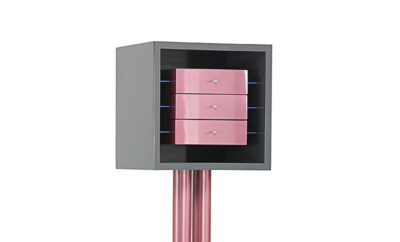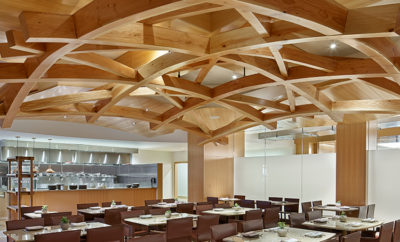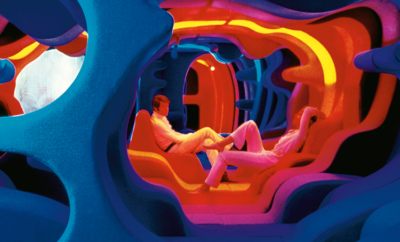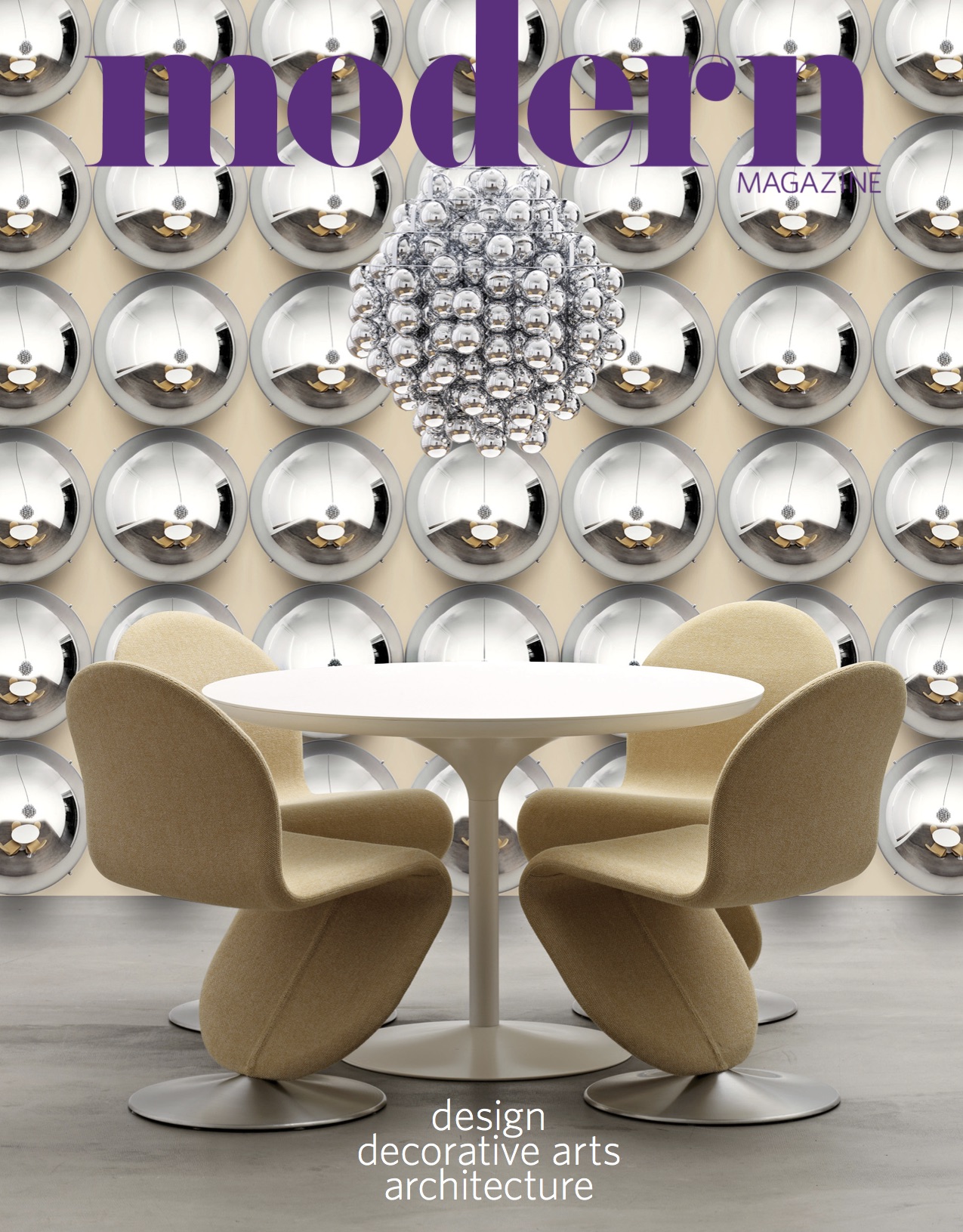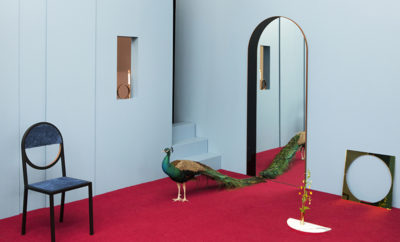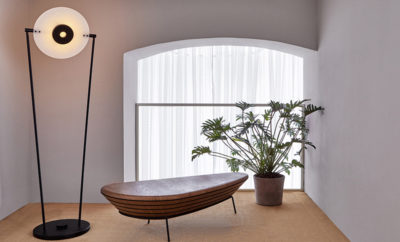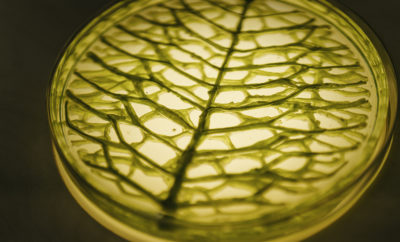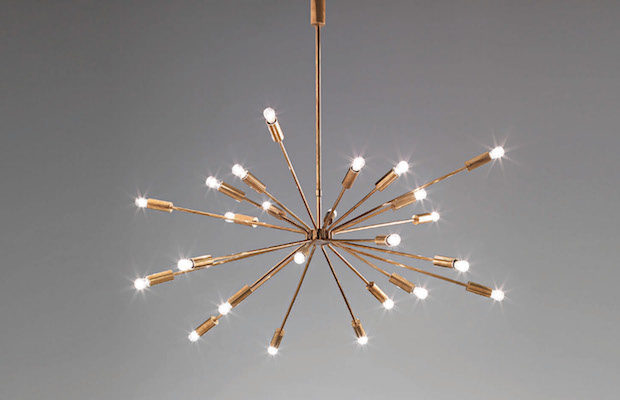 COURTESY PHILLIPS/PHILLIPS.COM
COURTESY PHILLIPS/PHILLIPS.COM
Design
Lighting the Way: The Best Early Modern Lamps
When we consider modern design, the emphasis is often on the decade or so following World War II. The reasoning, which is justified, can be condensed into a few critical ideas, including the necessity of rebuilding (and re-furnishing) Europe, the enhanced abilities and possibilities of mass-production, and a general philosophical inclination toward the new and the future. Too often, it’s as if there is an invisible frontier that excludes earlier objects.
In fact, early modernism is ripe for discovery. Many of the lights fixtures featured here are remarkably under-appreciated or even unknown, even though their aesthetic innovations were repeatedly duplicated or interpreted in succeeding decades, up to today. I suspect that even readers familiar with certain models will be surprised at how early their designs date. None of the designers are obscure, and their contributions to either design or architecture of the twentieth century is considered. Several of the lights boast new technologies (notably bulbs), materials, or production possibilities of the day.
Perhaps the key factor uniting the examples featured is that they are still remarkable today, whether isolated on a museum plinth or in a contemporary interior. They all reflect a fierce rejection of the reigning styles of their era and the assertion of a new aesthetic sensibility, often accomplished “simply” by dismissing ornamentation. All have an overt sculptural presence even if the forms are simple, the materials are modest, or the surfaces are unadorned.
Of course this list is highly subjective and certainly not exhaustive. In the end, it is about a desire to retreat behind the 1945 frontier and illuminate a group of iconic, or deserve-to-be-iconic, light fixtures from the first half of the twentieth century.
Poul Henningsen (1894–1967) Daylight ceiling light, 5/5 type shades, circa 1929
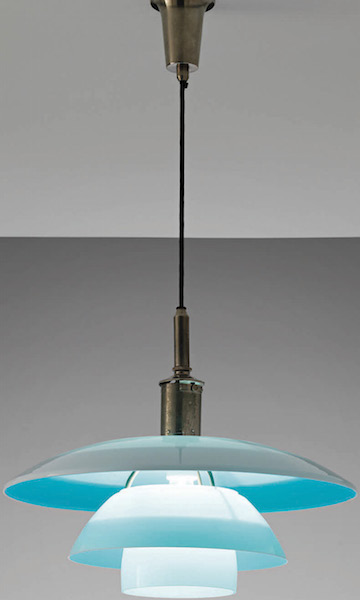
COURTESY PHILLIPS/PHILLIPS.COM
ALTHOUGH HE STUDIED to be an architect and was active in political and literary circles in Denmark, Poul Henningsen became famous for his lighting. His iconic tiered lights should be considered inventions rather than designs. Comprising three overlapping convex shades (which appear to be upside-down bowls or chargers) arranged in descending size, the design debuted in 1924. The arrangement was neither arbitrary nor a purely aesthetic decision. Henningsen positioned the shades as a way to reduce glare and gently diffuse the light, choices he made after significant investigations into how electric light was distributed in a room and its effect on atmosphere and the eye. During the 1920s electric lighting was transitioning from use primarily in public spaces to more residential applications. Electric lights in the home were typically floor lamps that directed the light only upward, or a bulb concealed by a glass sphere that cast the light everywhere. Henningsen’s designs solved these drawbacks by distributing light downward and outward; they were immediately feted both in both Denmark and abroad. Notably, he won a gold medal at the Paris Exposition internationale des arts décoratifs et industriels modernes in 1925. He began working with manufacturer Louis Poulsen in 1924 and within two years the firm was marketing his designs across Europe. By the end of the 1920s Henningsen had created a variety of models, including suspended lights, sconces, and floor and table lamps—more than one hundred in all, varying in form, size, scale, and material. What they all have in common is that they distributed and directed the light in a way that was broader and less intense than other lamps. This model with glass shades is a notable early example. Henningsen makes an interesting juxtaposition with Sarfatti, since both created revolutionary and innovative designs, but only Henningsen’s enjoyed international distribution.


